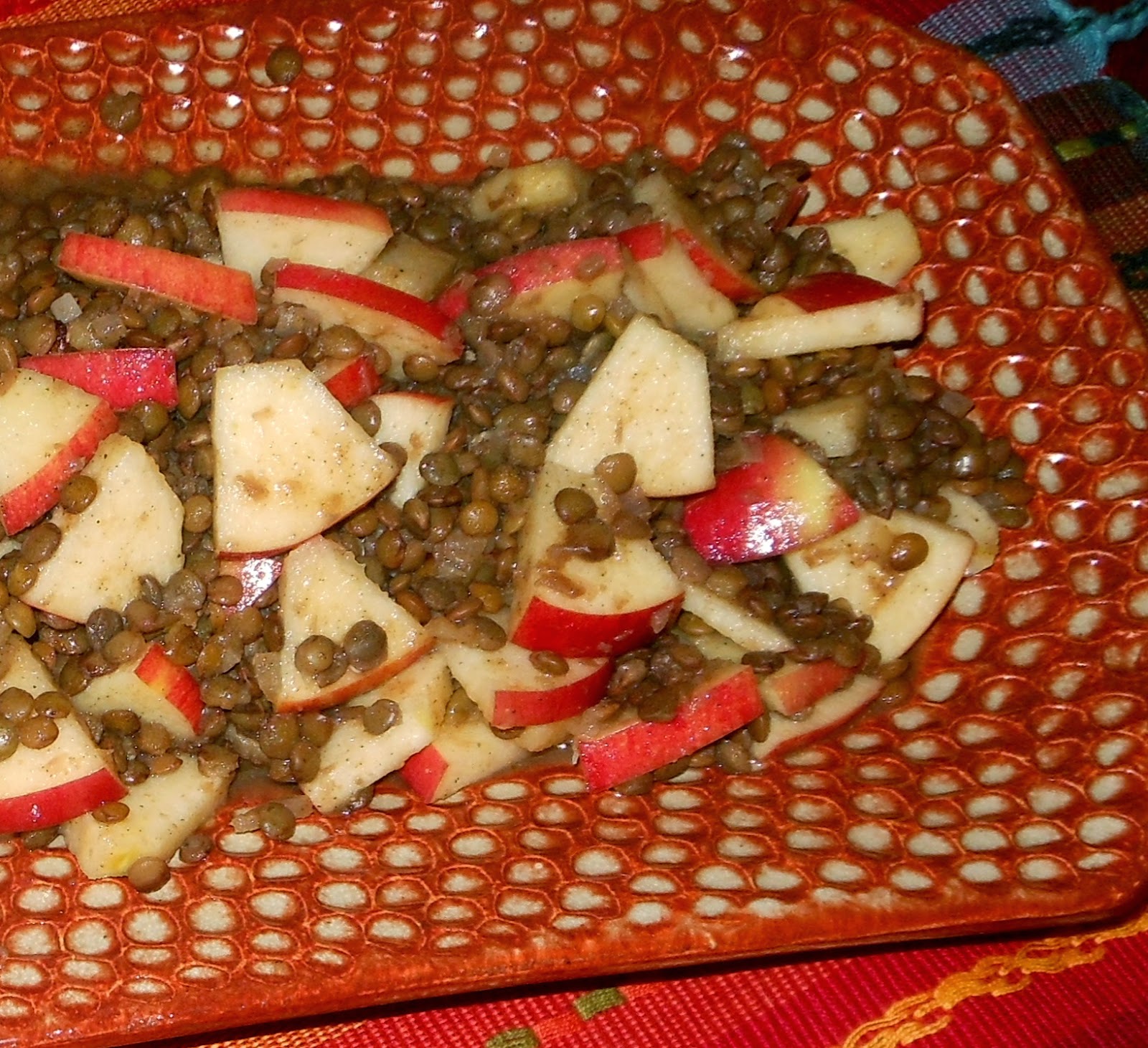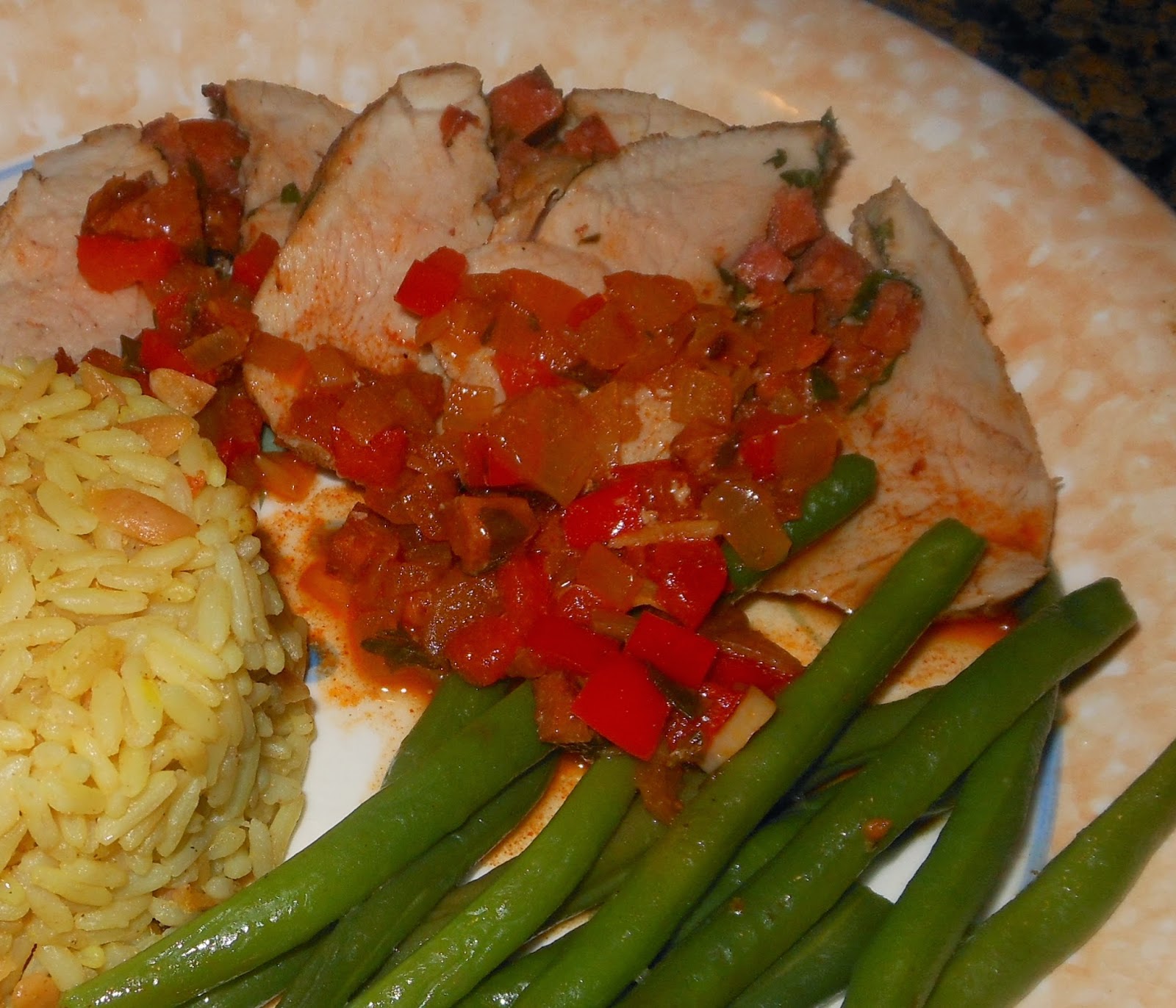I’m not much of a dessert maker. Frankly, if folks are still hungry by the time we get to dessert at my house, I sort of get my feelings hurt. But I’ve been going through notes from our trip to France last fall. And there was one thing that I enjoyed that I’d never had before: a chocolate marquise with speculoos chunks.
I went looking for marquise
recipes but most had raw eggs, with the whites whipped to lighten the
mixture. I was pretty sure the one we
had didn’t have the eggs. Finally I went
to the website of the culinary magazine “Cuisine et Vins de France” and found a
recipe that was perfect.
Speculoos are Belgian cookies, a
sort of molded spice shortbread. I
couldn’t find them here but the popular Biscoff wafers are available in most local
supermarkets. They’re also a spice
cookie, the ones you used to get on Delta Airlines back when they gave you more
than one little bag of pretzels. That’s
what I used and they were perfect.
There are several advantages to
this dessert. First, it is quick and
easy to make. And although good
chocolate isn’t cheap, it’s still a fairly inexpensive recipe per serving. It
can be made days ahead with no loss of quality, in fact it was better the
second day than the first. And most important: it is REALLY yummy.
The original recipe suggests
that you serve it with a scoop of vanilla ice cream or with crème anglaise, a
rich vanilla custard sauce. Both seem like overkill to me, especially the crème
anglaise. I scattered a few raspberries
on the plate and added a dollop of whipped cream and nobody complained.
Chocolate Marquise with Biscoff Wafers
3 ounces (6 tablespoons) unsalted butter
1 ¼ cups heavy cream
A large pinch ground cinnamon
Whipped cream and raspberries for garnish
Spray an 8x5 loaf pan with
cooking spray and line with plastic wrap.
With your fingers, crumble the
wafers into chunks. With a knife, chop
the chocolate coarsely.
In a saucepan over medium-low
heat, bring the cream and butter to a bare simmer. Add the chocolate and continue to stir with a
heat-proof plastic scraper until smooth.
Add the cookie chunks and the cinnamon and mix together. Pour into the
prepared loaf pan.
Let cool a bit, then refrigerate
for at least 6 hours. To serve use the
wrap to unmold the loaf. You may need to
wrap a hot towel around the outside to loosen.
Slice ¾-inch thick, put on individual serving plates and garnish with
berries and whipped cream. Serves 12.




